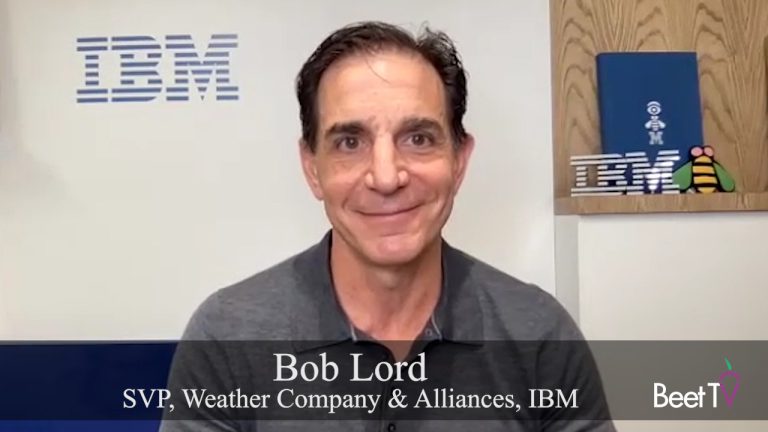
In a big research exercise, IBM had already found that digital ad algorithms can exhibit bias toward particular groups. Now it wants to open-source a solution.
Last year, IBM ran its AI Fairness 360 (AIF360) toolset, which aims to uncover unintended biases in machine learning workflows, on 10 million impressions of an Ad Council campaign, “It’s Up To You”, which aimed to reduce vaccination hesitancy.
It found women and those age 55-64 were “advantaged” in the ads.
War on bias
Now, at Cannes Lions, IBM is announcing two responses:
- An “Advertising Fairness Pledge”, through which IBM “agrees to educate ourselves and our companies” and is inviting others to join.
- An Advertising Toolkit for the open-source AIF360, including a playbook, tutorial and sample code, so that other organisations can understand the presence and impact of bias on their ad campaigns, and the make-up of their audiences.
IBM says Delta Air Lines, WPP, Mindshare, 4A’s, IAB and the Ad Council have joined it in its “pledge”.
#AI Fairness 360 toolkit #AIF360 ➡️ #OpenSource library to help detect & remove #bias in #machinelearning models https://t.co/TTunehIGWL
The #Python package https://t.co/YEVsACIv74 includes an explained set of metrics for datasets/models + algorithms to test for & mitigate bias— Andrea Sergiacomi (@Andrea_ilsergio) November 25, 2018
In this video interview with Beet.TV, Bob Lord, SVP, Weather Company & Alliances, IBM, explains why it matters.
Stop bias growing
“The industry is at a big inflexion point … around … what’s happening with cookies,” Lord says.
“We have an opportunity as an industry to come together to build bias mitigation techniques inside of the core processes that we use for the next decade.
“If we don’t do it now as the industry pivots it’ll, it’ll only propagate itself.
“I believe the machines will continue to be biased, and with unintended consequences for our brands.”
To error is human
Seen through one lens, the presence of bias in automated and algorithmic ad systems is a problem which may not have materialised were it not for the emergence of automated trading systems and ofe machine learning (ML) software like IBM’s Watson.
But IBM’s Lord is adamant that bias was already a latent consequence of human involvement – and that ML can be part of the solution.
“For the last 40 years in marketing, we’ve actually incorporated biases into the core fabric of the processes and the technologies that we use now as marketers and advertisers,” he points out.
“That’s just unintended consequences of us being human beings. We have a particular angle that we come at a market segmentation, and then we reinforce that segmentation by the success criteria that we lay out as media planners.
“It’s not that we can ever really eliminate bias, but what we can do is we can make sure that we signal to our media planners and our buyers that a particular campaign is actually skewing towards one audience versus the audience that we’re intended to go after.”
Rebooting representation
AIF360 has already been used for several years in banking for mortgages, insurance for underwriting, and in healthcare.
It comes to media and advertising as the marketing world continues to reflect deeply on the appropriate representation of a range of audience groups in its output.
IBM and its Watson already had a growing range of offerings for media businesses.
It's official. I'm invited back to the ATL this fall for @RefactrTech.
This time walking through practical approaches to mitigating discrimination and bias in machine learning models with libraries like IBM #aif360 or Microsoft @fairlearn https://t.co/pXlaVFb6eg— Nobie-Wan Kenobi (@nobleackerson) June 13, 2022